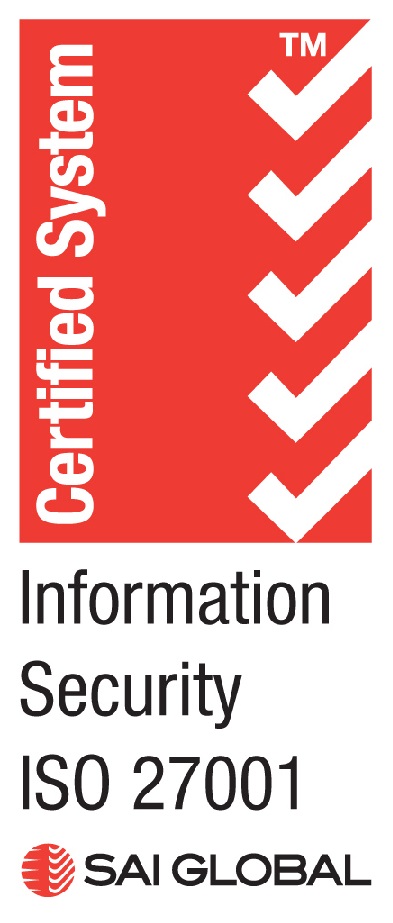The importance of paying attention to cyber security threats
Cyber threats have become much more sophisticated since the early days of the internet. Savvy business leaders are less likely to be swayed by a poorly written chain email or a money transfer request from overseas royalty.
However, this does not mean that cybercrime no longer exists. In fact, it has evolved over time to keep up with emerging technology, making it harder to detect and more impactful. It is why understanding the cyber threats out there and how to prevent them has never been more important for businesses looking to succeed in an increasingly digital world.
Why cyber security threats should be a priority
A common misconception is that cyber crime is only a threat to larger enterprises or businesses that are heavily dependant on the internet. However, since businesses have at least one digital component—whether a website, email system, or computerised database — your business could be vulnerable to cyber-attacks.
According to the Australian Bureau of Statistics, around 22% of businesses experienced a cyber security attack during the 2021-22 financial year, compared to almost 8% in 2019-20. The types of cyber attacks included scams, malicious software infecting computers and unauthorised access or use¹.
Identifying key cyber threats
Malware
Malware, also known as spyware, is defined as a malicious software program designed to infiltrate systems, steal information, or cause damage. These threats can spread through infected files, software downloads, or compromised websites.
Ransomware
Ransomware attacks have gained notoriety for their disruptive and costly consequences. In a ransomware attack, cybercriminals encrypt an organisation’s data and demand a ransom for its release. Paying the ransom is not a guarantee that the data will be recovered, and it often fuels further criminal activities.
Phishing attacks
Phishing involves sending fraudulent emails, messages, or websites that impersonate legitimate sources to trick individuals into revealing sensitive information such as passwords, credit card details, or even granting unauthorised access.
Supply chain attacks
Social engineering attacks manipulate individuals into divulging sensitive information or performing actions that compromise security. In the workplace this will often appear as emails from an employer or superior, asking you to provide sensitive information or click harmful links to complete a task. These are fake and the victim is rarely aware until the damage is done.
Steps to defend against cyber security threats
In the face of these threats, taking proactive steps to enhance your cyber security is imperative. Here are some cyber
security strategies to help protect against threats.
Conduct a cyber security audit: A cybersecurity audit can be a critical component of your overall risk management strategy and may help enable you to protect sensitive data, maintain business continuity and uphold customer trust.
It should involve a proactive and systematic approach, ideally with an experienced service provider, to assess your business’ security measures, identify vulnerabilities, and help you comply with regulations.
Maintain regular software updates and data backup practices: Stay ahead of known vulnerabilities by keeping all software, including operating systems, applications and security solutions up to date with the latest patches. Ensure data is stored to a secondary location, whether that is a separate external source or a cloud platform, to minimise the risk of loss in the event of a cyber attack.
Secure your network: Protect your home network with a strong, unique password. Consider using a firewall and encrypting your Wi-Fi network to help prevent unauthorised access.
Team training and awareness: Get connected with the latest news and updates on cybersecurity threats and best practices. Use this information to provide your team with regular cybersecurity training on common threats like phishing and malware, as well practices to protect themselves and their devices.
Strong passwords and authentication: Encourage employees to adopt strong password practices and to use multi-factor authentication wherever possible.
Continuous monitoring and adaptation: Cybersecurity is an ongoing process. Continuously monitor your systems, assess risks, and adapt your defences as new threats emerge.
¹ https://www.abs.gov.au/statistics/industry/technology-and-innovation/characteristics-australian-business/2021-22
Beat cyber threats before they start with a cyber security audit from Codeblue
When you engage with one of our seasoned cyber security experts, Codeblue will deliver a security audit for your Microsoft 365 for Business account, which will involve a detailed review of current firewalls, compliance to regulatory requirements and a risk analysis of your current devices. This will help us tailor the delivery of solutions that may help your organisation with areas such as data protection and privacy, early threat detection, business continuity and risk mitigation.
We’ll help your business feel strong and secure against potential cyber threats, allowing you to do what you do best, without the fear of cybercrime. Contact us to find out more.
Have a moment? Check out the latest from our blog
Need more information?
Get in touch with us



